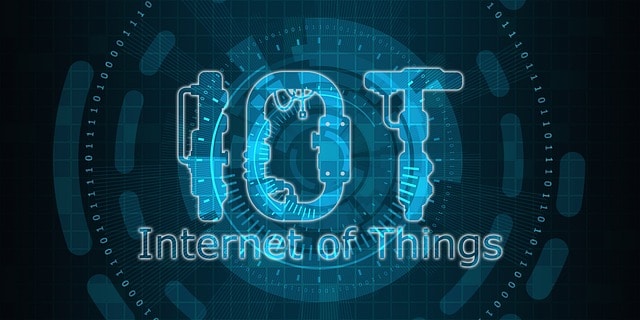We are beginning to feel and recognize the impact of the Internet of Things (IoT), although most admit defining IoT (and how far it will go) is a challenge. No doubt that’s because we remain on the verge of something much bigger than we can imagine.
This could be problematic in the ERP software space. It’s safe to say ERP systems are not yet fully equipped to handle robust IoT, but that will have to change. Two big things are happening simultaneously: the cloud and IoT and they are very different. The point being, to remotely manage IoT devices a cloud interface is the most logical route, so modern ERP software solutions will need to catch up.
Table of Contents
ToggleIoT is an increasingly important part of ERP strategy and software
While it’s easy to categorize IoT as a way to “connect things,” that’s merely the beginning. Most top ERP systems were originally designed to plug in data, but that won’t cut it for IoT.
ERP has traditionally addressed business functions or applications. IoT presents new challenges for ERP – to be able to handle networks of devices and colossal amounts of data from sensors transmitted every second. The goal being end-to-end integrated solutions that can work across ecosystems. ERP applications have not traditionally been built to interact with sensors.
Think about it – a scenario where two-way connectivity takes somewhat unstructured data (IoT) and connects it with a very structured data managed by an ERP system. While artificial intelligence has begun to infiltrate ERP solutions, IoT is a very different data source. A data source that could have billions of devices and data points. Now we’re talking digital transformation!

The enabler: The cloud
As ERP software developers scramble in their march towards developing more robust cloud solutions, let’s review the cloud (keeping in mind IoT is something different). Simply put, the cloud is remote computing and storage. It is hosted services via the Internet. Think of it as the opposite of localized data centers, etc. IT infrastructure that encompasses virtualization that you are not responsible for housing.
Not having to maintain the physical hardware (like servers) or support a large IT department are some of the advantages. The cloud also enables scalability. Typically, your cost has a correlation with the computing power you need or use. You will pay via a model called software as a service (SaaS). Cloud services can be public or private.
IoT and the cloud
Think of internet-connected devices when you think of IoT (devices that can talk to networks or connect to the Internet). Not computers or smartphones. Think of a sensor in a car braking system that alerts your auto repair shop that your brake pads are reaching their need for replacement. Crazy good things – like mind blowing scenarios such as irrigation systems receiving weather reports and adjusting watering times and volumes to reduce water consumption.
Connectivity to many cloud ERP systems is not there yet. But that’s not to imply that there aren’t IoT ERP applications – Microsoft’s Azure IoT Hub being one of them. But has Azure matured to the point where it can harmoniously blend cloud and IoT functionality? We’ll carefully reserve judgement, as the Azure platform is open source which could spell security issues. One of the dark sides of IoT is managing cybersecurity risks as well as creating security standards. Cybersecurity is a huge problem for technology in general. Some consolation – the huge sums of money large software companies are pouring into security has never been greater.
In Conclusion
The future of IoT is significant and its usefulness crosses multiple industries from manufacturing to healthcare, to agriculture to home automation. As implied above, IoT needs the cloud to extend and support its functionality. IoT applications are emerging faster than current ERP systems can support them. The challenge remains how to funnel volumes of sensory data from devices into enterprise resource systems in a streamlined, secure fashion.
The cloud, IoT, AI and other innovative disruptors are dictating/molding what businesses and corporate systems will need to do to succeed. If you don’t like the term “digital transformation,” get used to it. It’s very likely your company will need to do far more than “update” your current ERP system.
Likewise, the big software companies must transform their products to align. SAP just extended its relationship with Microsoft, as SAP goes through its own reboot. Perhaps SAP can’t rely solely on its aging on-premise pedigree – while waving their banner all over the place.
As independent digital transformation consultants, we at Third Stage Consulting see the potential and understand this growing tide of new technologies and how to integrate them with more traditional ERP applications. As experienced thought leaders, we also see the correlation between innovation and IoT.
We help companies refine and build their IT strategies before any software is even considered. Contact us for a confidential and enlightening conversation.





